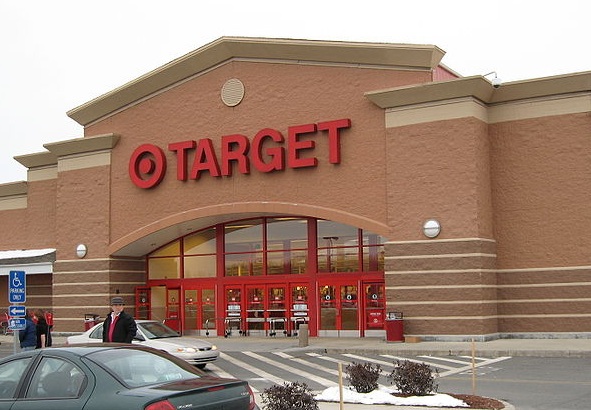 Location-based marketing gains steam in social networking
Location-based marketing gains steam in social networking
Location-based marketing is heating up and social networking sites are leading the charge. Foursquare is one of the first social networking sites to offer “check-in” services, which allow users to inform their friends of the locations they visit throughout the day. Facebook recently adopted a similar service and both networking sites have found a significant amount of success with these services in the advertising space. This success has garnered the attention of Rich Gorman, an online marketing specialist and veritable celebrity in the advertising industry.
Facebook and Foursquare rivalry could be good for location-based marketing
Gorman notes that Foursquare has made significant advancements to its check-in service that offers users with local search options. This assists in discovering locations that would have otherwise gone unnoticed by consumers, thus directing business to small stores that typically see little traffic. Facebook itself has been working to expand its services in order to compete with Foursquare, hoping to make an impact in the location-based marketing space.
Mobile technology provides advertisers with direct line to consumers
Location-based marketing is becoming exceedingly important as consumers become more mobile. The advent of mobile devices has taken consumers away from stationary computing and out into the world, presenting a promising opportunity for marketers to engage consumers in a more dynamic way. Mobile devices, such as smart phones and tablets, allow marketers to be in constant contact with consumers and location-based services are providing marketers with valuable geographic information that could be used to target very specific demographics.
Mobile marketing expected to heat up in 2013
Gorman notes that there seems to be a growing rivalry between Facebook and Foursquare. Gorman suggests that Foursquare has a significant head start over its potential competitor, but Facebook has a great deal of clout that will enable it to match the capabilities of Foursquare. Location-based marketing may gain more momentum in 2013, especially as the rivalry between Foursquare and Facebook takes off.

 Target has been greatly expanding its mcommerce offerings and is now focusing on specific demographics.
Target has been greatly expanding its mcommerce offerings and is now focusing on specific demographics.